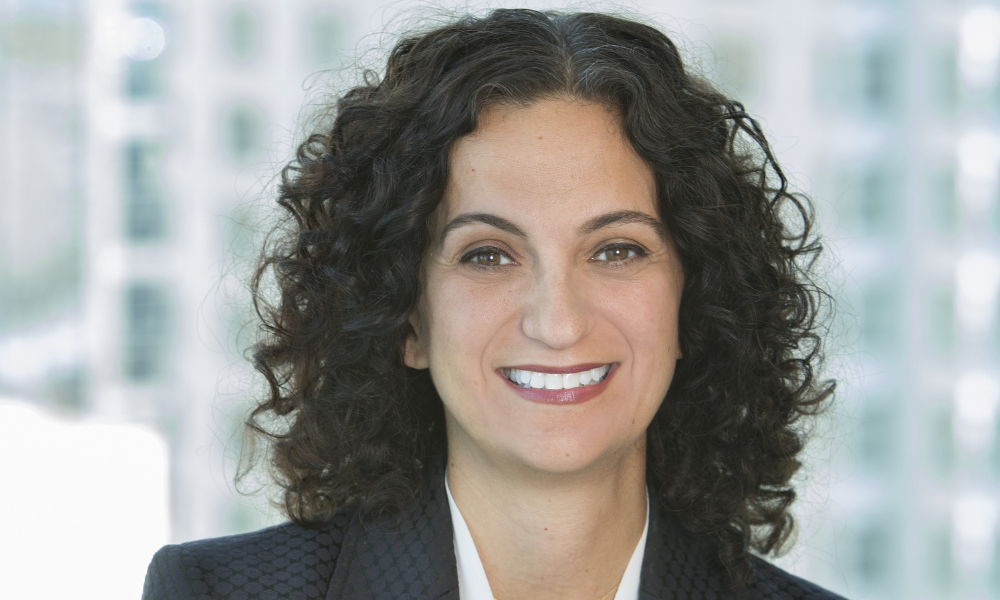
Pick goods and services from the pre-approved list, advises Baker & McKenzie lawyer

While the Canadian Intellectual Property Office has been proactive in trying to clear the backlog of trademark applications this year, considerable delays are ongoing, with nationally filed applications still taking over three years. The backlog began following amendments to the Trademarks Act in 2019 which resulted in many examiners leaving, while pandemic lockdowns further exacerbated the crisis as reports could not be printed for extended periods of time.
“We are probably one of the slowest jurisdictions now globally for examinations,” says Stephanie Vaccari, an intellectual property lawyer at Baker & McKenzie LLP.
Read more: How to become an intellectual property lawyer in Canada
In addition to hiring more examiners, CIPO has been trying to address the backlog by sending out automated pre-assessment letters to let filers know when the goods and services in their applications are not on a pre-approved list. This pilot project began in April in an attempt to improve the timeliness of examinations. An automated analysis detects goods and services that are not included in the pre-approved list of around 100,000 terms in the Canadian Trademark Office’s Goods & Services manual. The filer then receives an automated letter and will have an opportunity to respond prior to examination.
“The statistics I have seen indicate that 70 percent of applications that have used the pick-list have been pre-approved without examination so it could really expedite the whole process,” says Vaccari.
Although the pre-assessment letter project is not taking off as quickly as anticipated, it is moving in the right direction, Vaccari says.
“I don’t think as many brand owners are using the goods & services pick-list or responding to the pre-assessment letters as anticipated,” she says. Many of the examiners are new to the process which leads to inconsistencies, she adds.
While these automated letters have helped with application wait times in certain circumstances, navigating the office’s delays and the available avenues to expedite the process still presents challenges for businesses wishing to file an application.
“If we’re not successful in arguing against the non-descriptiveness or confusion objection there is a real chance they will refuse the application,” says Vaccari. “They are also much stricter about what you can include in your response, so if you did address certain issues during your first response, they don’t want you to rehash those issues but rather you have to address and include other information and other arguments,” she adds.
Vaccari also notes that CIPO has become far less lenient in granting extensions to respond to an office action. Extending beyond the six-month mark has become much harder which serves to weed out those filers who may be less committed to their application.
Vaccari advises businesses looking to file a trademark application to pick goods and services from the pre-approved list, to avoid any examination in relation to the goods and services and to avoid getting a pre-assessment letter.
“If it’s a global mark, consider filing via Madrid because Madrid applications are being examined four months earlier than Canadian national applications at this point in time,” says Vaccari. “However, it is anticipated that, in the near future, national applications with pre-approved specifications will be examined at around the same time,” she adds.
There is a still a long way to go to clear the backlog, with Vaccari anticipating it will be around two years.